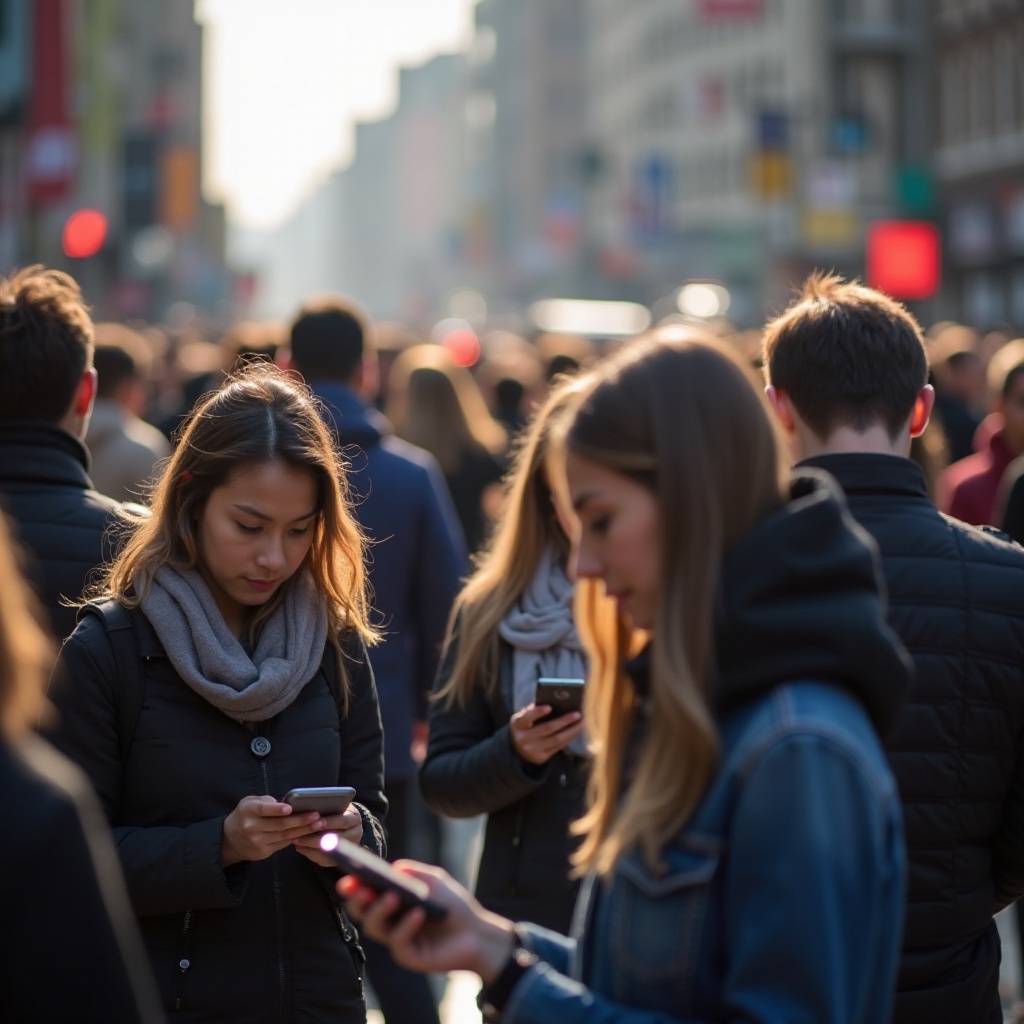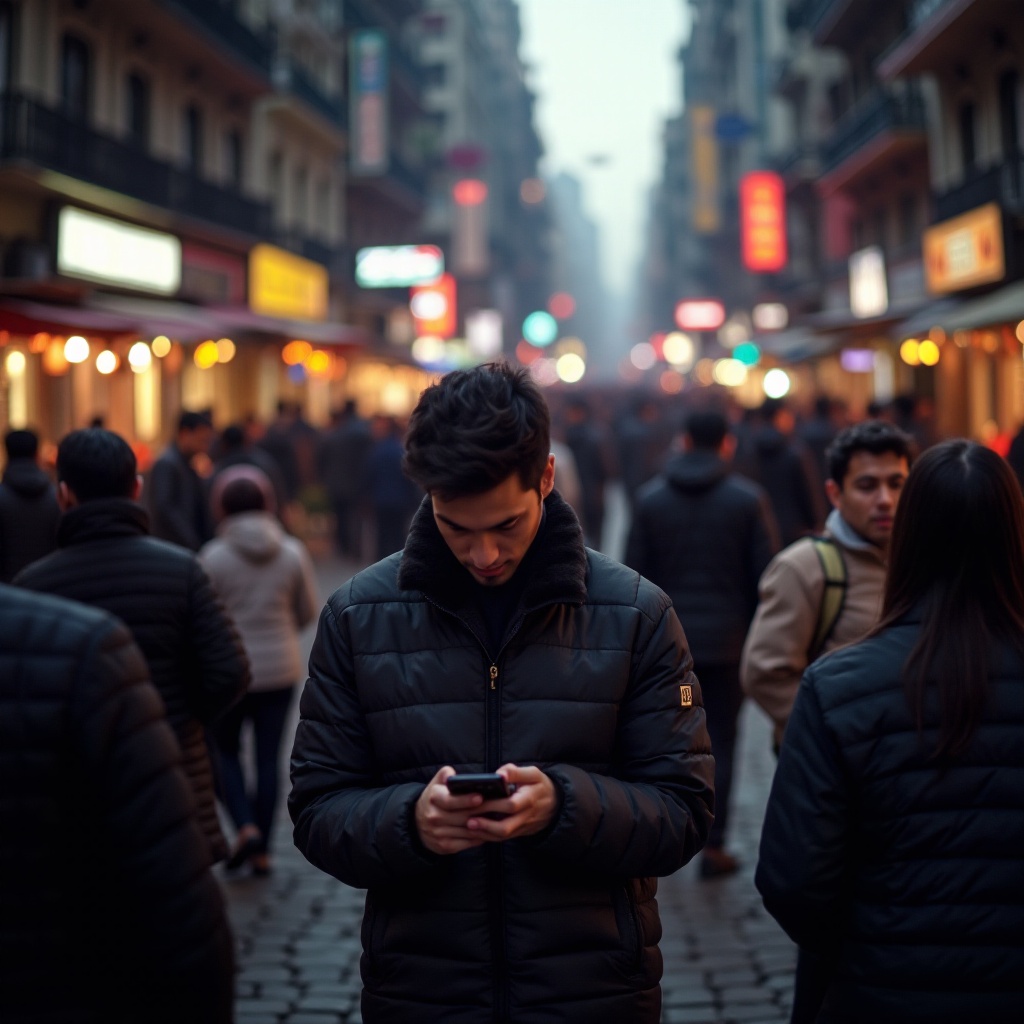Introduction
Mobile phones have become an integral part of daily life globally. From keeping in touch with loved ones to managing work tasks, their usage spans various aspects of modern life. While it is common knowledge that China holds the crown for the highest phone usage, the country sitting in the second position provides intriguing insights into mobile device proliferation and its impacts. This blog explores which country has the second highest phone usage, why it holds this position, and the broader implications.

Global Perspective on Mobile Phone Usage
Mobile phone usage has surged worldwide, driven by advancements in technology, affordability, and increasing internet penetration. Countries with burgeoning populations and expanding tech sectors have seen substantial growth in mobile users.
Asia leads the pack, with China and India accounting for a significant portion of the world’s mobile users. In North America, the United States also exhibits high levels of mobile phone usage, driven by robust infrastructure and innovative technology markets. Europe sees a balanced spread of mobile penetration across its nations, with Scandinavian countries showcasing remarkable internet and mobile service quality.
In Africa and South America, mobile phone usage is rapidly increasing. Despite infrastructural challenges, the adoption of mobile technology is aiding in financial inclusion and connectivity in these regions.
Understanding the global landscape of mobile phone usage helps in contextualizing the country with the second highest phone usage. It allows us to see the influences and impacts of mobile technology across different socio-economic and cultural environments.
The Country with the Second Highest Phone Usage
According to recent statistics and research, India is the country with the second highest phone usage in the world. This placement is profoundly influenced by its large population and growing middle class. As of the latest count, India has over 1.1 billion mobile phone users, second only to China.
The widespread adoption of mobile phones in India can be attributed to several factors. Firstly, affordable data plans by telecom operators have made internet access more accessible to the masses. Secondly, the increase in local manufacturing of smartphones has driven device costs down, making them accessible to various socio-economic classes. Additionally, government initiatives and digital literacy campaigns have bolstered mobile phone usage.
These factors place India firmly in the second position globally, making it a fascinating case study for understanding mobile phone usage dynamics.
Factors Contributing to High Phone Usage in This Country
Socio-Economic Factors
India’s socio-economic fabric plays a vital role in its high mobile phone usage. The burgeoning middle class, with increased disposable incomes, fuels demand for mobile phones. Furthermore, telecom companies have implemented competitive pricing strategies, resulting in some of the lowest data rates worldwide. This affordability has democratized mobile access.
Government initiatives like Digital India have aimed to increase digital literacy and internet usage. Financial inclusion services like mobile banking and digital payments have also driven mobile phone adoption in rural and urban areas alike.
Cultural Influence
Mobile phones are not merely communication tools in India; they are a significant part of social interactions and daily life. Instant messaging apps like WhatsApp and social media platforms like Facebook and Instagram are immensely popular. These platforms keep people connected, facilitate information sharing, and enable community building.
Moreover, mobile entertainment, including streaming services like Netflix and YouTube, has seen a significant surge, conforming to the cultural shift towards on-demand media consumption. These cultural inclinations contribute heavily to high mobile phone usage.
Technological Advancements
India has made rapid strides in technological advancements. The rollout of 4G networks nationwide enabled faster internet services, making mobile phones more efficient and attractive. With the imminent introduction of 5G, mobile usage is expected to grow even further, facilitating innovations like the Internet of Things (IoT) and augmented reality (AR).
The tech-savvy younger generation, with their affinity for new technologies, apps, and services, also plays a crucial role in boosting mobile phone usage. Coupled with increasing smartphone penetration and advancements in mobile technology, India’s mobile phone usage continues to burgeon.
Impact on Society and Economy
The high mobile phone usage in India impacts various sectors and societal aspects, reflecting broader trends.
Communication and Connectivity
Mobile phones have transformed how people in India communicate. Instant messaging, video calls, and social media represent pivotal changes in daily interactions. This has bridged gaps, making it easier for families and friends dispersed across vast regions to stay connected.
Economic Implications
Economically, the mobile phone industry contributes significantly to India’s GDP. The telecom sector provides extensive employment opportunities, from manufacturing to services. Mobile commerce is another burgeoning field, where e-commerce giants like Amazon and Flipkart lead the way.
Digital financial services, made easily accessible through mobile technology, have revolutionized banking for millions. Mobile payments, UPI (Unified Payments Interface), and digital wallets are fast becoming standard, driving significant economic activities and inclusivity.
Social Behavior and Lifestyle Changes
High phone usage has led to notable shifts in social behavior and lifestyles. Digital content consumption, including news and entertainment, is primarily mobile-driven. The rise of ed-tech apps for online learning, especially prominent during the COVID-19 pandemic, underscores mobile phones’ role in education.
However, high phone usage also presents challenges, including concerns over screen time, digital addiction, and privacy issues. These societal changes necessitate balanced approaches to mitigate potential negatives while harnessing the benefits.

Future Trends and Projections
Looking ahead, India’s mobile phone usage is expected to grow exponentially. With the advent of 5G technology, enhanced mobile services will become widespread, driving further adoption. The integration of AI and IoT will make mobile phones indispensable in more facets of life, from smart homes to advanced healthcare.
As rural internet penetration increases, fueled by government and private initiatives, the digital divide will narrow, incorporating millions more into the mobile user base. These advancements promise continued growth and innovation in India’s mobile landscape.

Conclusion
India, with its diverse and rapidly growing mobile phone user base, ranks second globally in phone usage. This phenomenon is driven by socio-economic factors, cultural trends, and technological advancements. The impacts on society and the economy are profound, signaling dynamic shifts that will continue to evolve. Understanding these dimensions offers valuable insights into global mobile usage trends.
Frequently Asked Questions
What are the top countries with the highest phone usage?
China and India lead the pack, followed by the United States, Indonesia, and Brazil.
How does high phone usage affect daily life?
High phone usage enhances communication, brings convenience, boosts economic activities, and shapes social interactions and behaviors.
What role does technology play in increasing phone usage?
Technological advancements make mobile phones more accessible, efficient, and integral to daily tasks, driving increased usage across different demographics.